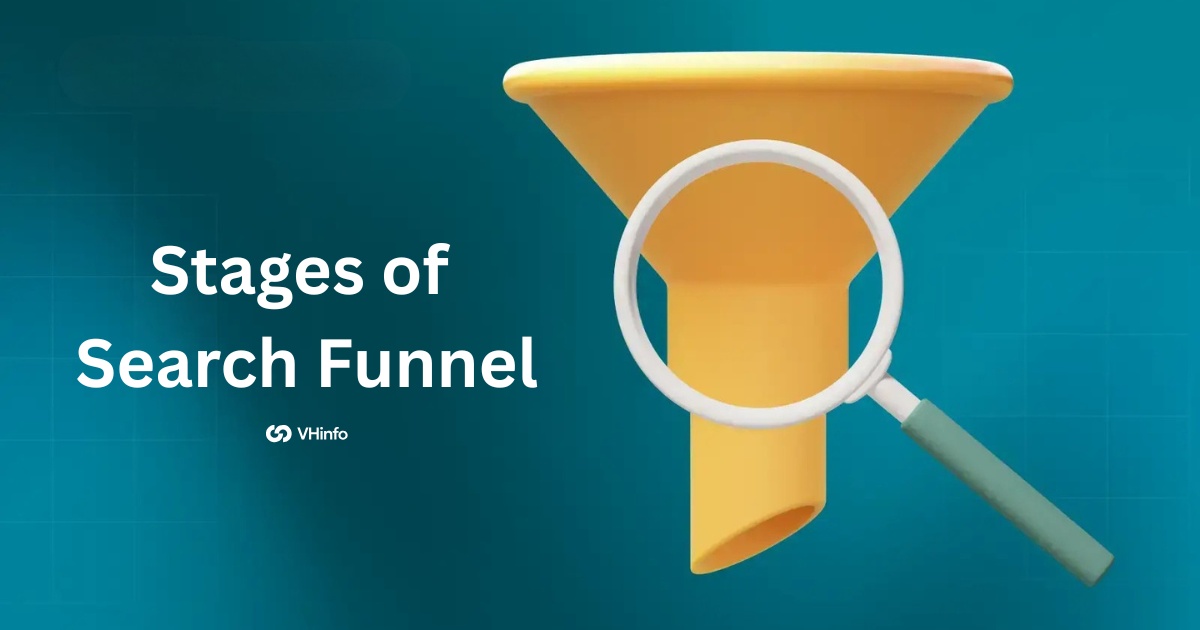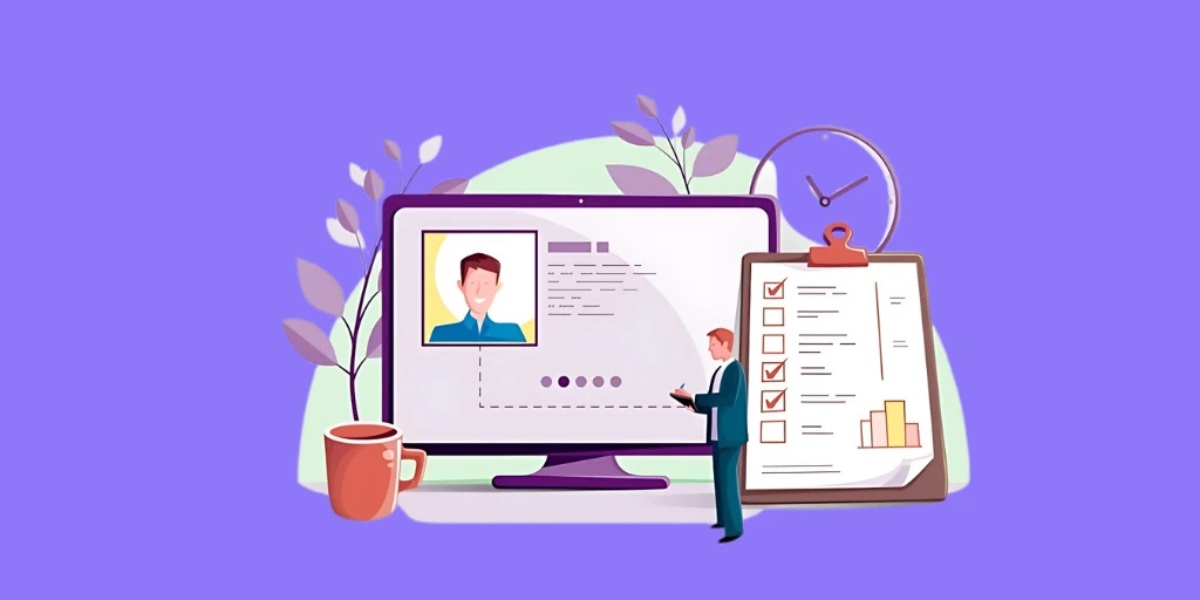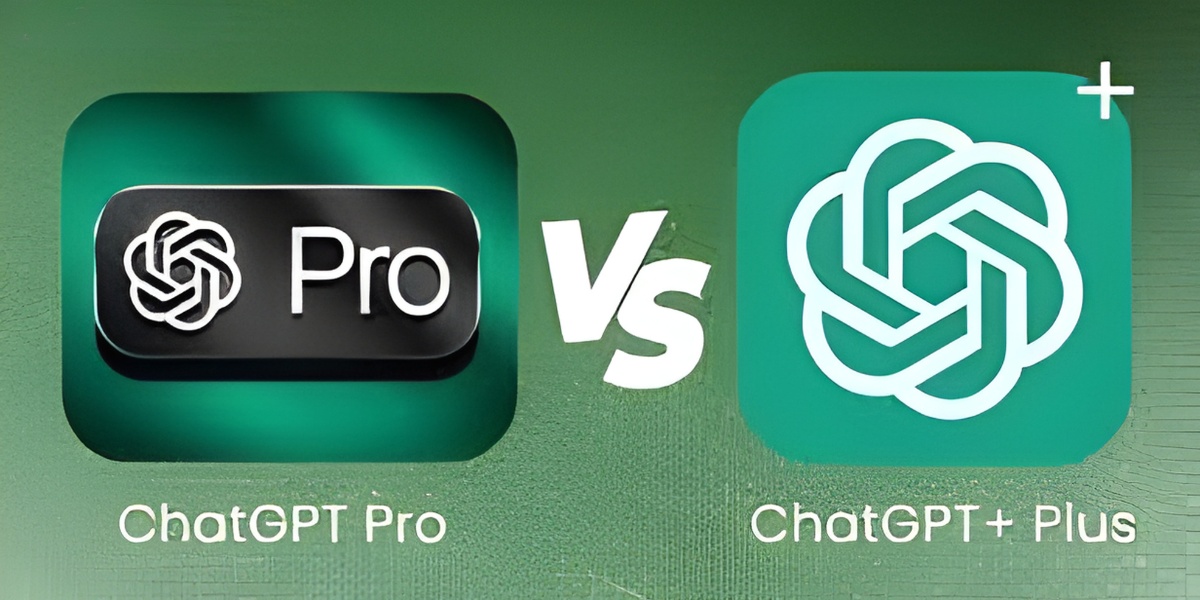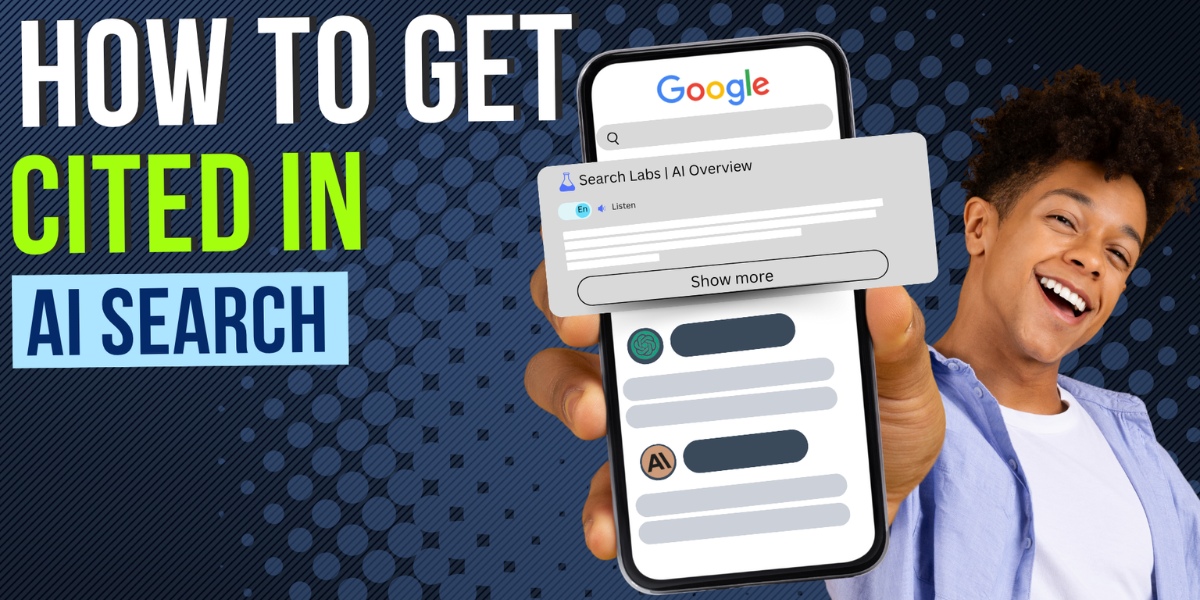When people look for something online, they go on a path. This path is called the customer journey. It starts with them having a question and ends with them finding an answer or buying a product. The stages of the search funnel are like a map of this journey.
For any business, seeing this map is very important for its digital marketing and overall marketing strategy.
The search funnel shows you how potential customers find you through search engines like Google. It helps you create the right content for people at each step of their journey.
When you match your content to the right stage of the customer journey, you help people move to the next stage more easily. This guide will explain the different stages of this important tool, showing you how to help your target audience at every step.
What Are the Stages of the Search Funnel?
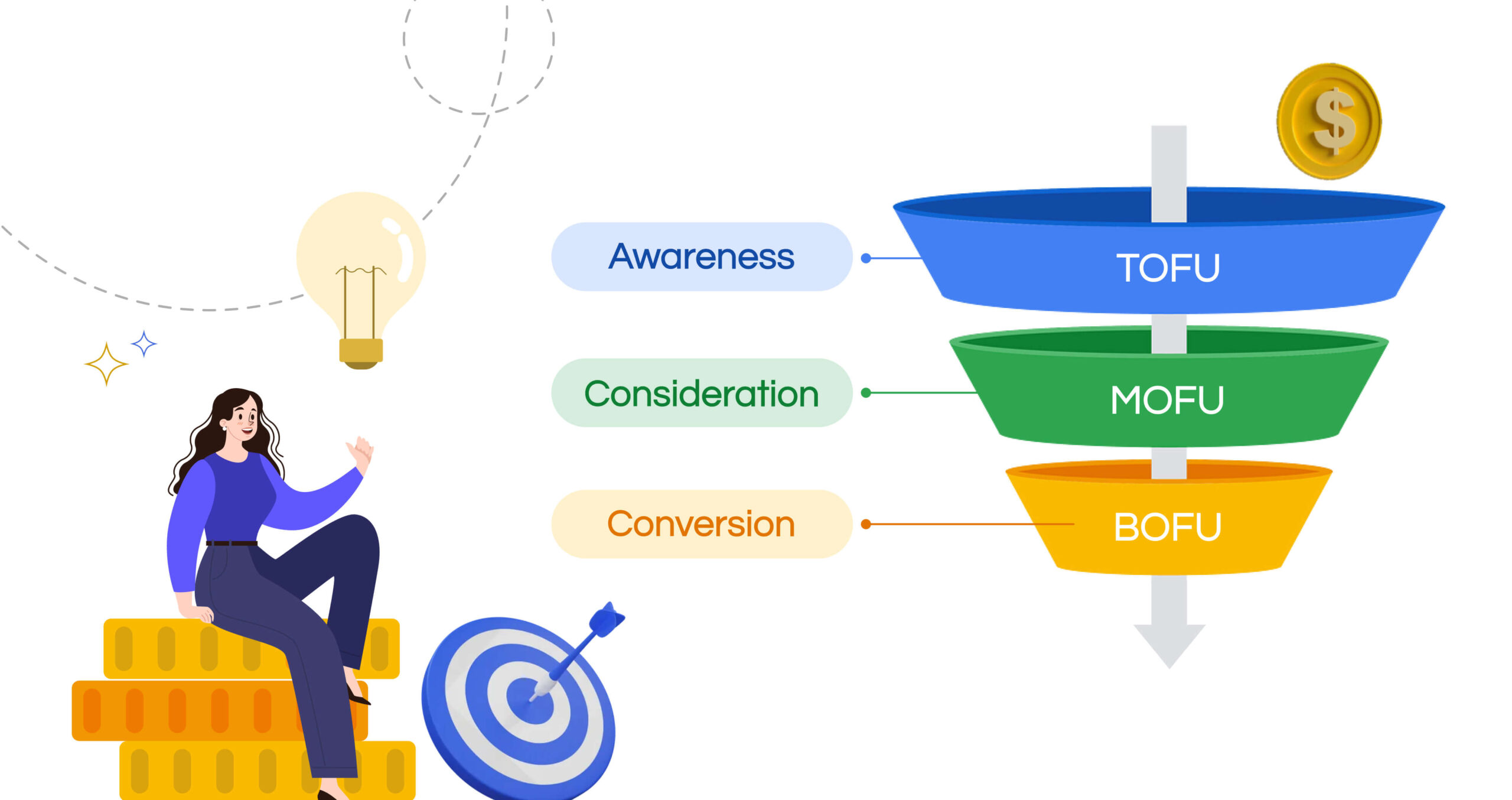
Think of a real funnel, wide at the top and narrow at the bottom.
The search funnel works the same way. Many people start at the top, but only some reach the bottom. Each part of the funnel represents a different point in a person’s decision-making process. It is a key part of any digital marketing funnel.
Defining the Modern Search Funnel
The modern search funnel, sometimes called a conversion funnel, is a model that shows the path a person takes from first learning about your brand to becoming a customer. It is similar to a traditional marketing funnel or sales funnel, but it focuses specifically on how people use organic search. The goal is to guide a person through each stage of the funnel by giving them the valuable information they need.
A well-planned funnel improves the user experience and helps you connect with the right audience.
The Role of User Intent in the Funnel
User intent is the “why” behind a search. What does the person really want? Their intent changes at each funnel stage. At the top, they might want to learn something. In the middle, they are comparing options.
At the bottom, they are ready to act. Your SEO strategy must focus on this intent. Your content needs to answer their question at their specific stage of the funnel. When you match your content to their intent, you get better search results and build trust with your target customers.
How the Search Funnel Impacts SEO Strategy?
The search funnel is the backbone of a strong search engine optimization (SEO) strategy.
Instead of just creating random content, you create content with a purpose for each stage. This means doing specific keyword research for the top, middle, and bottom of the funnel. It also affects your link building efforts.
At VH-info, we focus on earning high-quality links to content that serves every stage of the customer journey. This builds authority and helps guide prospective customers through the buying process, turning visitors into loyal customers.
A good SEO strategy doesn’t just bring traffic; it brings the right traffic that is likely to convert.
The Top of the Funnel (TOFU): Awareness Stage
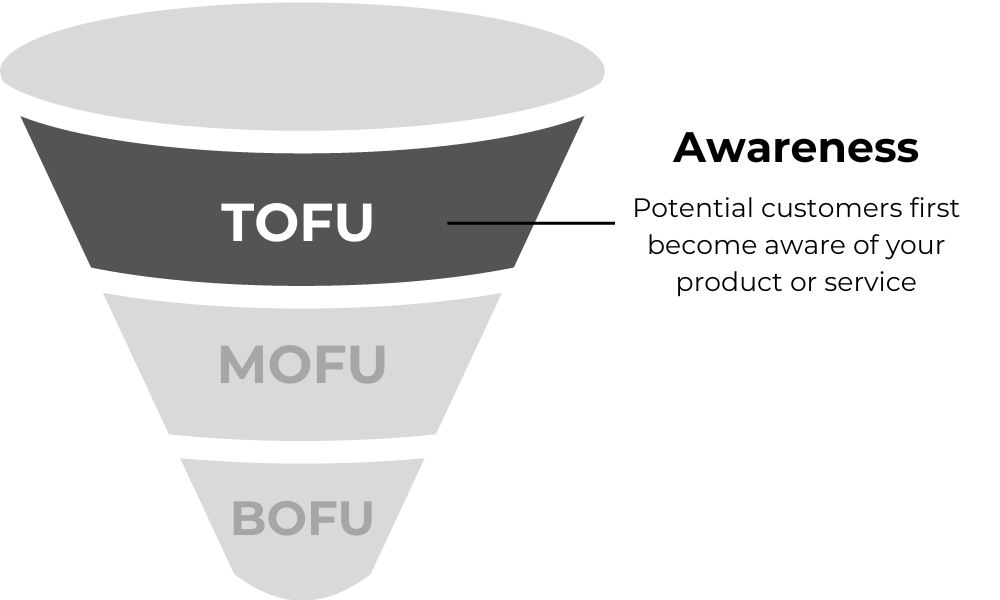
The top of the funnel (TOFU) is the widest part. This is where people first become aware of a problem or a need. They are not looking for a specific product yet. Instead, they are looking for answers, information, and education.
The main goal at this awareness stage is to build brand awareness and bring new website traffic.
Characteristics of the Awareness Stage User
A user in the awareness stage is just starting their buyer’s journey.
They might have a question like “how to fix a leaky faucet” or “what are good team activities.” They are potential customers, but they are not ready to buy. They want helpful, no-pressure information. Your job is to be the helpful resource that provides that information.
You are not selling yet; you are helping them and introducing them to your brand.
Informational Keywords For TOFU Content
The keywords used at this stage are informational. They often start with “what,” “why,” “how,” “guide,” “tips,” or “ideas.”
For example, someone might search for “how to improve team communication.” This is an informational keyword. Answering this question with a helpful blog post gets your brand in front of a wide target audience. This is the first step in the lead generation process.
Content Formats That Capture Attention (Blogs, Infographics)
Content at the TOFU stage should be easy to find and share. The best formats for this are:
- Blog Posts: A blog post is perfect for answering questions in detail.
- Infographics: These are visual and easy to share on social media.
- Videos: Short, helpful videos can explain concepts quickly.
- Social Media Posts: Sharing tips and linking to your blog through social media posts can attract new visitors.
This content marketing approach establishes your brand as a helpful expert.
The Middle of the Funnel (MOFU): Consideration Stage
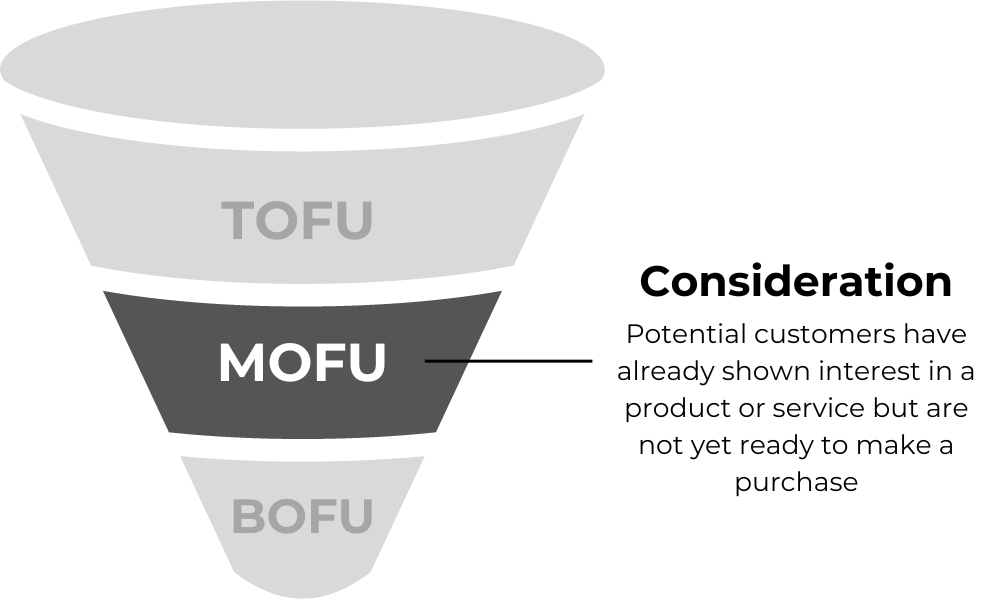
Once people know they have a problem and are aware of potential solutions, they move to the middle of the funnel (MOFU).
This is the consideration stage. Here, they are actively researching and comparing different products or services to find the best solution for their needs. Your goal is to show them why your solution is a great choice.
Addressing User Pain Points and Questions
At this stage, users have more specific questions. They are looking for content that addresses their pain points directly.
If their problem is poor team communication, they are now looking for the “best project management tools” or “top communication software.” Your content should show how you solve these specific problems.
This is where you start building a stronger case for your product and generating qualified leads.
Navigational and Comparison Keywords for MOFU
Keywords in the middle of the funnel are more specific. Users might search for “your brand vs. competitor brand,” “best software for small business,” or “product X reviews.”
They are looking for comparisons, alternatives, and detailed explanations. This is a critical part of the sales process, as it helps users narrow down their choices. Your marketing efforts should focus on creating content that answers these questions.
Creating In-Depth Guides and Comparison Articles
The content for the MOFU stage needs to be more detailed. It should provide deep, valuable information.
Great formats for this stage include:
- Case Studies: Show how you helped a customer like them succeed. Case studies provide powerful social proof.
- In-Depth Guides: Create long-form articles that cover a topic completely.
- Comparison Articles: Directly compare your product with others, highlighting your strengths.
- Webinars: Live or recorded sessions that show your product in action can be very effective.
This content helps move a person to the next step in their journey.
The Bottom of the Funnel (BOFU): Conversion Stage
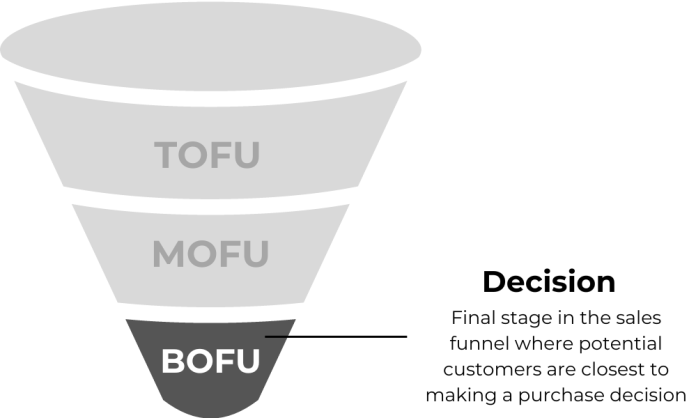
The bottom of the funnel (BOFU) is where the final decision is made.
Users at this conversion stage have done their research and are ready to choose a solution. They are high-intent users who are close to making a purchase. Your goal here is to make it easy for them to take the desired action.
Identifying High-Intent Users Ready to Act
Users at this stage show clear buying signals. They are visiting your pricing page, looking at demos, or adding items to a cart. They are no longer just browsing; they are evaluating you as their final choice.
These are your most qualified leads, and your focus should be on converting them. A smooth user experience is very important here.
Transactional Keywords For The Conversion Stage
Keywords at the BOFU stage are transactional. They include terms like “buy,” “price,” “quote,” “demo,” “discount,” or “trial.”
For example, someone might search for “Your Brand pricing” or “Your Brand free trials.” These searches show a strong intent to buy. Optimizing for these keywords on your product pages and through Google Ads can greatly improve your conversion rate.
Optimizing Product and Service Pages For Sales
Your product pages and landing pages are the most important assets at the bottom of the funnel.
They need to be clear, persuasive, and optimized for sales.
- Clear Call-to-Action (CTA): Tell users exactly what to do next, like “Get Started” or “Buy Now.”
- Social Proof: Include customer reviews and customer testimonials to build trust.
- Offer Special Offers: Use discounts or special offers to encourage a quick decision.
- Simple Checkout: Make the buying process as easy as possible.
This is the final step in the sales funnel before a person becomes a customer.
Post-Funnel: The Loyalty and Advocacy Stage
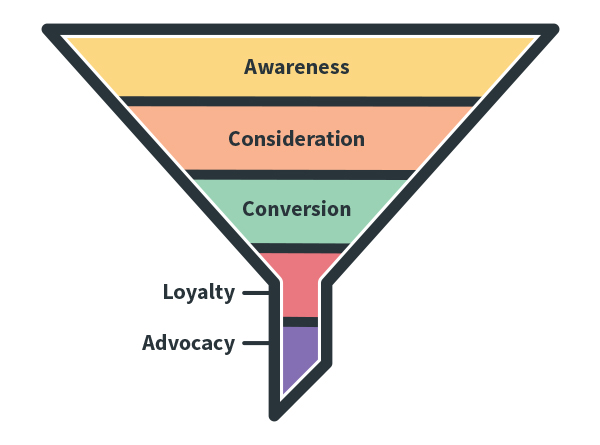
The journey does not end after a sale. The post-funnel stage is about turning new customers into loyal customers and even brand advocates. This is where customer retention becomes the focus. A happy customer can become your best marketing asset.
Why Customer Retention is the New Acquisition?
It costs much less to keep an existing customer than to find a new one.
Loyal customers often spend more over time and are more likely to try your new products. A strong customer retention strategy ensures long-term growth. It completes the sales cycle and starts it all over again by bringing in referrals.
Content For Existing Customers (Tutorials, Support)
Content for existing customers should help them get the most value from your product. This includes:
- Onboarding materials and tutorials.
- Advanced user guides.
- A knowledge base with support articles.
- Email marketing campaigns with tips and new feature announcements.
This type of content reduces churn and builds a stronger relationship with your target customers.
Turning Customers Into Brand Advocates
A happy customer is likely to share their positive experience. Encourage them to become brand advocates by:
- Asking for Customer Reviews: Prompt them to leave a review on popular sites.
- Featuring Customer Testimonials: Share their success stories on your website.
- Starting a Referral Program: Reward them for bringing in new customers.
This powerful social proof helps attract new people to the top of the funnel. Good customer feedback also provides valuable information for improving your offerings.
Mapping Your Content to the Stages of the Search Funnel
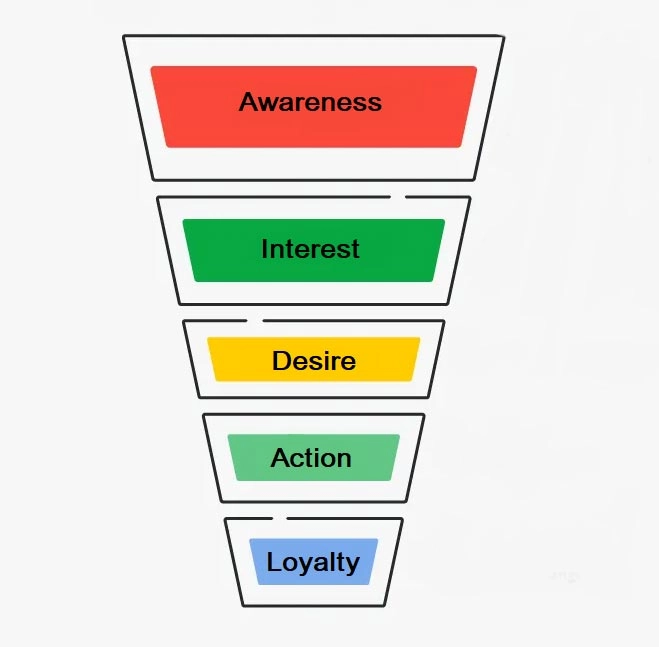
To make the search funnel work, you need a plan. You must map your content marketing efforts to each stage. This ensures you are creating the right content for the right people at the right time. This is the best way to build an effective marketing strategy.
How to Perform Keyword Research For Each Stage?
Keyword research is different for each stage of the funnel.
- TOFU: Look for long-tail keywords that ask questions (who, what, why, how).
- MOFU: Find keywords that include terms like “best,” “vs,” “comparison,” “alternative,” or “review.”
- BOFU: Target keywords with transactional intent, like “buy,” “price,” “discount,” and “sale.”
Using SEO tools can help you find these keywords and see what your competitors are ranking for.
Building A Content Calendar Around the Funnel
A content calendar helps you organize your marketing efforts.
Plan your content to make sure you have articles, guides, and pages for every funnel stage. For example, plan to publish one TOFU blog post per week, one MOFU case study per month, and constantly optimize your BOFU landing pages.
This ensures a steady flow of content across all marketing channels. You can even plan social media posts to promote each piece of content.
Measuring Performance and KPIs For Each Stage
You need to measure your success to know what is working. Use tools like Google Analytics to track key performance indicators (KPIs) for each stage.
- TOFU KPIs: Track website traffic, new users, and keyword rankings for informational terms.
- MOFU KPIs: Measure time on page, downloads of guides, and lead generation.
- BOFU KPIs: Focus on conversion rate, sales, and cost per acquisition.
- Loyalty KPIs: Monitor customer retention rate and the number of customer reviews.
You can also use A/B testing to see which headlines or calls to action work best on your pages.
FAQ’s:
What is the Difference Between A Search Funnel and A Marketing Funnel?
A marketing funnel is a broad term that covers the entire customer journey across all marketing channels, including social media, email marketing, paid ads like Google Ads, and events. A search funnel is a specific part of the digital marketing funnel that focuses only on how users find and interact with you through organic search on search engines.
How Can I Determine Which Stage of the Funnel My Audience Is In?
You can look at their behavior. What keywords did they use to find you? What page are they on?
If they are reading a “Beginner’s Guide” blog post, they are likely at the top of the funnel. If they are on your pricing page or have downloaded a case study, they are in the middle of the funnel or bottom of the funnel.
Can A User Be In Multiple Stages of the Search Funnel At Once?
Yes, the buyer’s journey is not always a straight line. A user might discover your brand (TOFU), go directly to a product page to buy (BOFU), and then go back to read reviews (MOFU). People can jump between stages.
This is why having content for all stages is important. Using retargeting ads can help you stay in front of users who move between stages.
What Tools Are Best For Analyzing Search Funnel Performance?
Google Analytics is essential for tracking website traffic, user behavior, and conversions.
SEO tools like Ahrefs or Semrush are great for keyword research, tracking rankings in search results, and analyzing competitor strategies. For the bottom of the funnel, conversion tracking in Google Ads and CRM software can show you how leads move through the sales process.
Conclusion
The stages of the search funnel provide a clear framework for your digital marketing plan.
By creating targeted content for the awareness stage, consideration stage, and conversion stage, you guide users through their buyer’s journey in a helpful way. This builds trust, improves your search engine optimization, and increases your conversion rate.
Remember that the journey continues even after the sale with customer retention and advocacy.
A complete funnel strategy, from the top of the funnel to creating loyal customers, is the foundation of sustainable business growth. It turns your website into a powerful engine for lead generation that works for you around the clock.
